Filter by
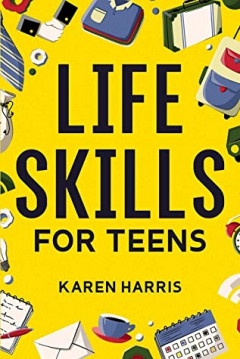
Life Skills for Teens: How to Cook, Clean, Manage Money, Fix Your Car, Perfor…
The teenage years are an exciting yet ever-changing period of your life. New challenges and tasks seem to pop up almost daily—not to mention all the transitions your body is going through. As you get older and take on more responsibilities, you have probably wondered how to do many of the adult tasks your parents or older siblings seem to breeze through daily. Everyday challenges like how …
- Edition
- -
- ISBN/ISSN
- 9781951806408
- Collation
- 132 pages.; 23 cm
- Series Title
- -
- Call Number
- 158.1 HAR l
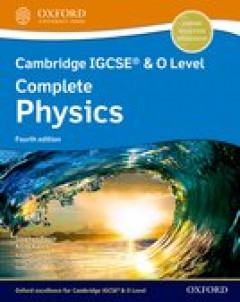
Cambridge IGCSE & O Level Complete Physics
The Cambridge IGCSE & O Level Complete Physics Student Book is at the heart of delivering the course. It offers a rigorous approach for covering all the content students need to succeed, with a light touch to ensure it is engaging. Exam-style questions improve students' exam performance and enriching content equips learners for further study.
- Edition
- -
- ISBN/ISSN
- 9781382005944
- Collation
- 19,5 x 26,5; Pbk; Fcol; x+333p
- Series Title
- -
- Call Number
- 530 POP c
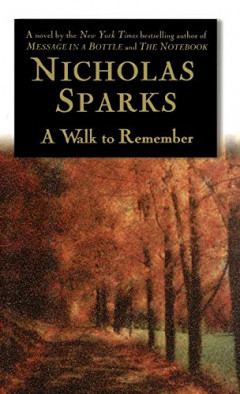
A walk to remember
- Edition
- -
- ISBN/ISSN
- 0446525537
- Collation
- -
- Series Title
- -
- Call Number
- 813.54 SPA n
- Edition
- -
- ISBN/ISSN
- 0446525537
- Collation
- -
- Series Title
- -
- Call Number
- 813.54 SPA n
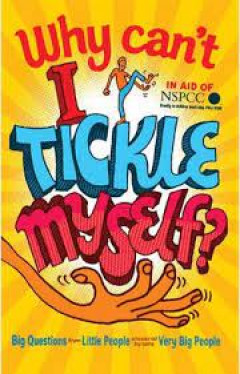
Why can't I tickle myself?
- Edition
- -
- ISBN/ISSN
- 9780571288526
- Collation
- -
- Series Title
- -
- Call Number
- 032.02
- Edition
- -
- ISBN/ISSN
- 9780571288526
- Collation
- -
- Series Title
- -
- Call Number
- 032.02

Theory for Ethnomusicology: Histories, Conversations, Insights
Theory for Ethnomusicology: Histories, Conversations, Insights, Second Edition, is a foundational work for courses in ethnomusicological theory. The book examines key intellectual movements and topic areas in social and cultural theory, and explores the way they have been taken up in ethnomusicological research. New co-author Harris M. Berger and Ruth M. Stone investigate the discipline's past,…
- Edition
- -
- ISBN/ISSN
- 9781138222144
- Collation
- -
- Series Title
- -
- Call Number
- 780.89 BER t

Kicks : the great American story of sneakers
- Edition
- -
- ISBN/ISSN
- 9780451498113
- Collation
- -
- Series Title
- -
- Call Number
- 573 Smi k
- Edition
- -
- ISBN/ISSN
- 9780451498113
- Collation
- -
- Series Title
- -
- Call Number
- 573 Smi k
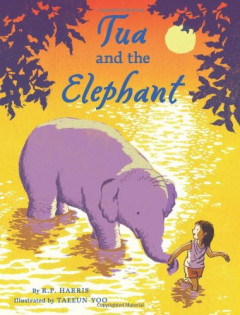
Tua and The Elephant
Ten-year-old Tua—Thai for "peanut"—has everything she needs at home in Chiang Mai, Thailand, except for one thing she's always wanted: a sister. In the market one day, Tua makes an accidental acquaintance—one with wise, loving eyes, remarkable strength, and a very curious trunk. And when Tua meets Pohn-Pohn, it's clear this elephant needs her help. Together, the unusual team sets off on a…
- Edition
- -
- ISBN/ISSN
- 9781452127033
- Collation
- -
- Series Title
- -
- Call Number
- 813.6 HAR

My First Numbers
Discover numbers 1-10 in this bright and vibrant board book. Packed with cute illustrations that children will love, this book is perfect for first-time learners.
- Edition
- -
- ISBN/ISSN
- 9781785574832
- Collation
- 155x175 mm; hc; fcol; 12p
- Series Title
- My First
- Call Number
- 513.2 GAL m

Star Wars - Attack of the clones
- Edition
- -
- ISBN/ISSN
- 9780736435468
- Collation
- -
- Series Title
- -
- Call Number
- F NIC s
- Edition
- -
- ISBN/ISSN
- 9780736435468
- Collation
- -
- Series Title
- -
- Call Number
- F NIC s
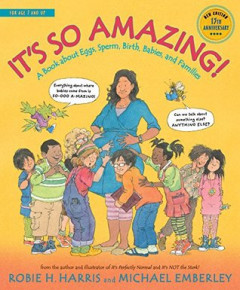
It's So Amazing!
How does a baby begin? What makes a baby male or female? How is a baby born? Children have plenty of questions about reproduction and babies — and about sex and sexuality, too. It’s So Amazing! provides the answers — with fun, accurate, comic-book-style artwork and a clear, lively text that reflects the interests of children age seven and up in how things work, while giving them a…
- Edition
- -
- ISBN/ISSN
- B00XJQZCGY
- Collation
- 88 p. : ill.
- Series Title
- -
- Call Number
- 612 HAR i
 Computer Science, Information & General Works
Computer Science, Information & General Works  Philosophy & Psychology
Philosophy & Psychology  Religion
Religion  Social Sciences
Social Sciences  Language
Language  Pure Science
Pure Science  Applied Sciences
Applied Sciences  Art & Recreation
Art & Recreation  Literature
Literature  History & Geography
History & Geography